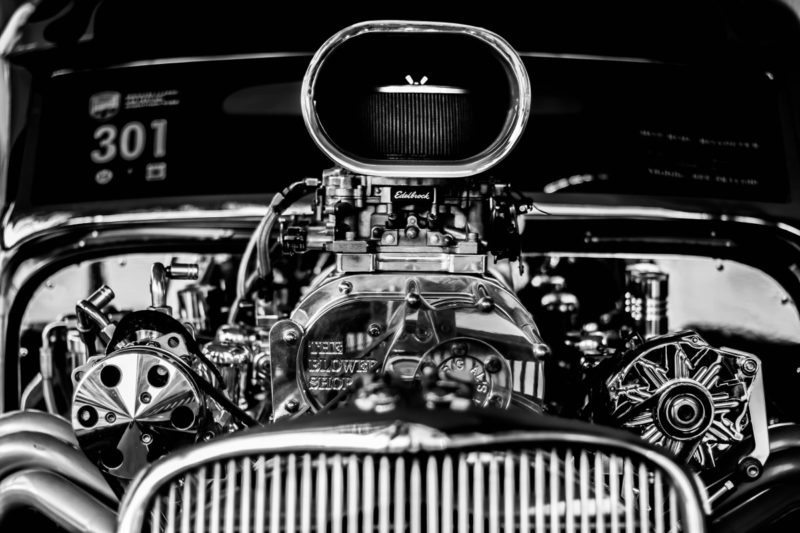Do you want to know what is PTC heater in car? Don’t worry, and you have arrived at the right place. PTC is an acronym for Positive Temperature Coefficient.
PTCs seem to self-regulate electrical heaters used in conjunction with the heater core. They are used in climate control to correct for a shortage of heat on high-efficiency engines. Much more, they are usually found after the heater core or in ducts (foot heater).
PTC heaters are self-regulating heaters with a versatile, printed design. They employ conductive inks printed on polymer-based surfaces instead of coils, wires, or carbon fiber materials commonly used in conventional heaters. This method warms the object evenly across its whole surface and self-regulates to a predetermined temperature, eliminating the risk of overheating. PTC innovation is necessary for applications that demand safer, quicker or more consistent heating. Continue reading to learn more.
Working Principle Of PTC Heater
Heating the interior of an electric car may be difficult because, unlike vehicles with traditional internal combustion, the quantity of waste warmth accessible is restricted. As a result, high-voltage interior heaters for electric vehicles are required. The PTC cabin heaters are designed to raise the temperature of the heat stream coming from the blower as part of the heating, ventilation, and air conditioning (HVAC) system and are controlled by a high-speed Control Channel (CAN) protocol.
Ceramic PTC parts provide low resistance at low temperatures, enabling a direct flow of current and excessive heat transfer. Due to the growing impedance of the ceramic stones, the action is inverted at high temperatures, and much less heat is emitted by shutting off the current flow. This gives you more control even while acting as an essential safety precaution to keep you from burning.
A covered heater pole for better protection versus high voltages is one of the additional safety measures. When combined with the enclosed heater rod, an air heater’s fin design allows for a minimal pressure drop, allowing the blower to work at lower speeds, reducing air velocity and noise for the passengers. That’s what is PTC heater in car!
PTC Heater Types
The PTC fan heaters, PTC air heater, and the PTC surface heater are the common types used in vehicles to provide warmth in the wintertime. The below mentioned are some types that help you understand more about a PTC heater in car.
#1. PTC air heater
The warmth from the ceramic disc is transferred to the air around the gadget using a PTC air heating mechanism. Heat is often transmitted via extruded aluminum fins. PTC Fin Heaters are a common name for such air heaters. Natural convection is used to move heat from the fin structure to the rest of the body. Within a cabinet or other container, air that comes into touch with the heated fins will rise. The convection heater will be installed at the lowest place to ensure that warm air rises and heat transfer are maintained.
#2. PTC fan heater
A PTC fan heater employs an extruded fin and honeycomb construction with just a fan to maximize heat transmission rate. Forced air could also be directed through ducting or to a different area. When warmth requires to be distributed to various locations or outlets, fan heaters were utilized. Large power casings, trains, autos and trucks, taxis, industrial food processing, and other comparable applications all are using these units. A PTC fan heating coil is frequently placed near a power source, transferring heated air to another area.
#3. PTC surface heater
The extruded fin-like element is also used in the PTC surface heater. Its fin pulls away from the heat from the ceramic component and transfers it to a hot surface. Thanks to the extrusion, the disc’s high-density warming are distributed across a more excellent surface region. Because they carry warmth from the PTC ceramic heat source to the surface to be heated, they are also known as PTC conduction heaters or flanges heaters. Cosmetic and medical devices, domestic appliances, and manufacturing employ element heaters wherever a surface has to be heated yet. You may also be interested to know about heating surface definition.
Advantages Of The PTC Heater
All of the flaws and difficulties related to wires, etching aluminum foil, or carbon fiber heaters are eliminated with PTC heaters. Overheating is avoided since the PTC material functions as its sensor.- Each location on the hot surface maintains its desired temperature on its own. There are no hot or cold areas due to the uniform heat distribution. PTC heaters are unaffected by folding, except for wire heaters; therefore, they do not overheat.
Folding, creasing, and cutting are mechanical abuses that PTC heaters can withstand. They’re also water-resistant, which means they’ll last a long time. PTC heaters may be made in any form or size, with any number of holes and cuts. Regarding large-area heating needs, they can be linked in parallel. They may also be customized to work with numerous temperature ranges and power levels on a bespoke basis.
It’s A Wrap!
We are delighted to know that you have learned What is PTC heater in car. PTC heaters are used in vehicles; they are long-lasting heaters, work effectively, and are easy to maintain. You may also want to read about how does a car heater work and why my car heater is not working. Thank you, friends, for sticking with us.

